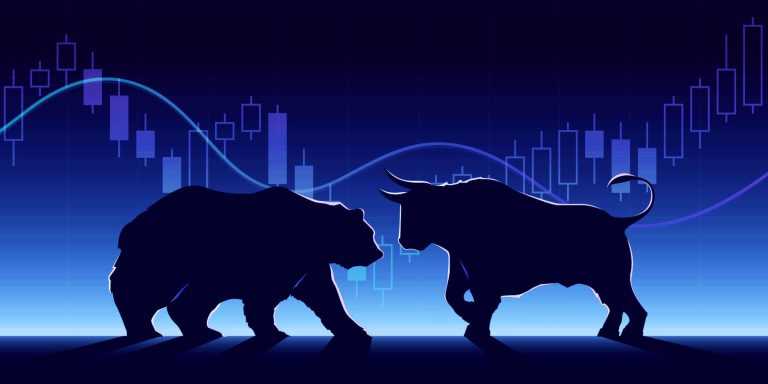Trading is not only about the decisions you make, it is also about the decisions other market participants make. When working with financial instruments — be it Forex, contracts for difference, cryptocurrencies or anything else — you definitely want to know how the rest of the trading flock feels. Just because the degree of your success will depend greatly on the behavior of the market in general.
The performance of any financial asset is affected by the people who trade it. The market sentiment is the prevailing attitude of traders. The trend is never being created by itself, rather it is a product of many deals carried out simultaneously by a huge number of traders. If the amount of people who want to buy the asset is higher than the number of those who want to get rid of it, the sentiment is said to be bullish. If the opposite holds true, the sentiment is considered to be bearish. During the periods of bullish sentiment, the asset price goes up. When the sentiment is bearish, the asset price will deteriorate. What financial advisors mean when they say “follow the trend” is that you are supposed to buy when the market sentiment is bullish and sell when the sentiment turns bearish.
Periods of bullish and bearish market sentiment can clearly be seen on the BTC price chart
An extensive list of factors can influence the market sentiment: important economic and political news, past performance of the said asset, future prospects and statements made by the industry gurus. Just looking at the price graph is sometimes enough to identify the prevailing sentiment. However, it is usually advised to see the whole picture. Indexes — such as Global Dow, NASDAQ Composite, S&P 500 — are used to evaluate the market sentiment.
OK, the concept of market sentiment is clear but why would I want to use it? As already mentioned, financial psychology plays an extremely important role in the way markets operate. Both positive and negative trends are affected by rational factors and emotions alike. But when there is emotion there is also a probability of a mistake. A mistake that you — as a trader — can take advantage of.
In his book The Intelligent Investor Benjamin Graham writes that during the recession people tend to overestimate their losses, just as they overestimate the potential profit during the times of economic boom. What’s the prime reason for that? Excessive emotionality.
 You can, therefore, use Fear & Greed Index to monitor periods of bullish and bearish market sentiment on the equity market. It is both informative and easy to use. When the index is close to 50, traders are more likely to make sound and rational decisions. The majority of well-known companies are fairly priced. When the index goes much below 50, the fear starts spreading across the marketplace. Chances are some traders are selling their assets at a discount. It is generally considered to be a good time to buy. When the index goes well above the 50 threshold, the market is most probably overheated. Investors, reckless and greedy, will buy even dubious shares at a premium. The market sentiment, therefore, can be used by an intelligent investor to buy assets low and sell them high.
You can, therefore, use Fear & Greed Index to monitor periods of bullish and bearish market sentiment on the equity market. It is both informative and easy to use. When the index is close to 50, traders are more likely to make sound and rational decisions. The majority of well-known companies are fairly priced. When the index goes much below 50, the fear starts spreading across the marketplace. Chances are some traders are selling their assets at a discount. It is generally considered to be a good time to buy. When the index goes well above the 50 threshold, the market is most probably overheated. Investors, reckless and greedy, will buy even dubious shares at a premium. The market sentiment, therefore, can be used by an intelligent investor to buy assets low and sell them high.
After all, behind every market there are regular people. People, who get emotional, make mistakes and follow the crowd. Taking into account what they think — as long as you trade with them — seems to be a wise idea.
However, you should also remember that trading is more than the ability to track market sentiment. Using market sentiment can be of great help but in itself is not a guarantee of success.



